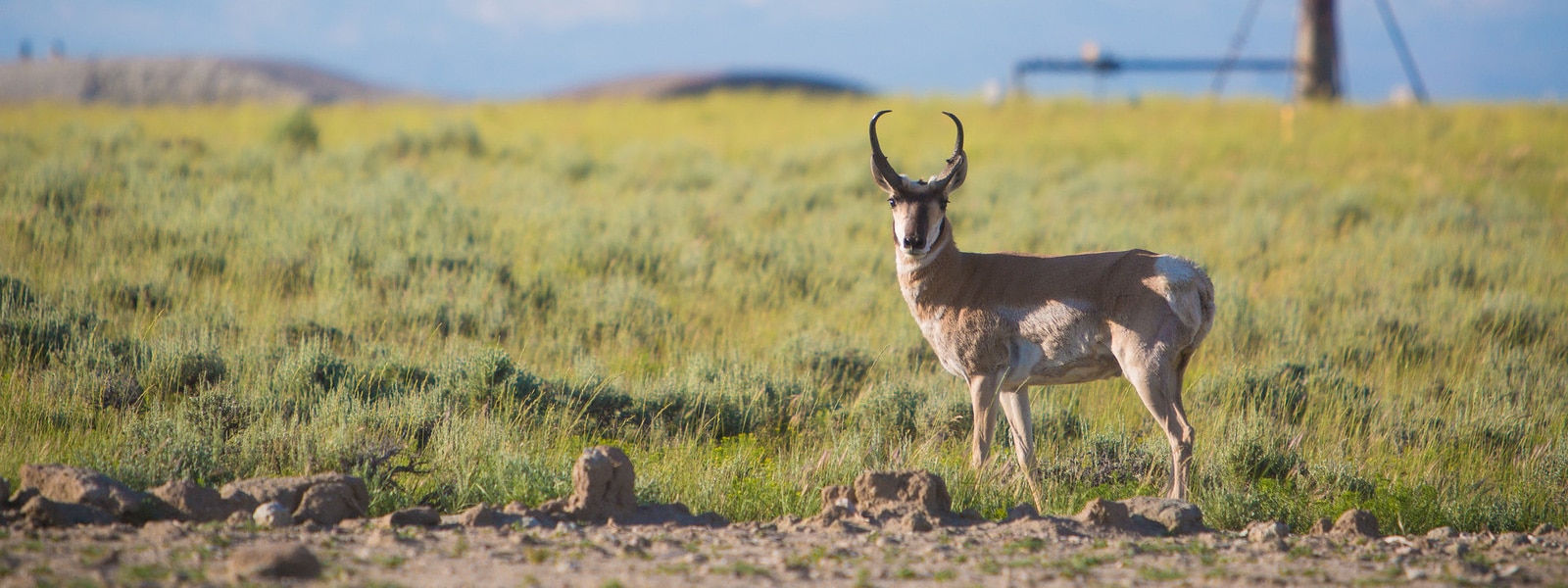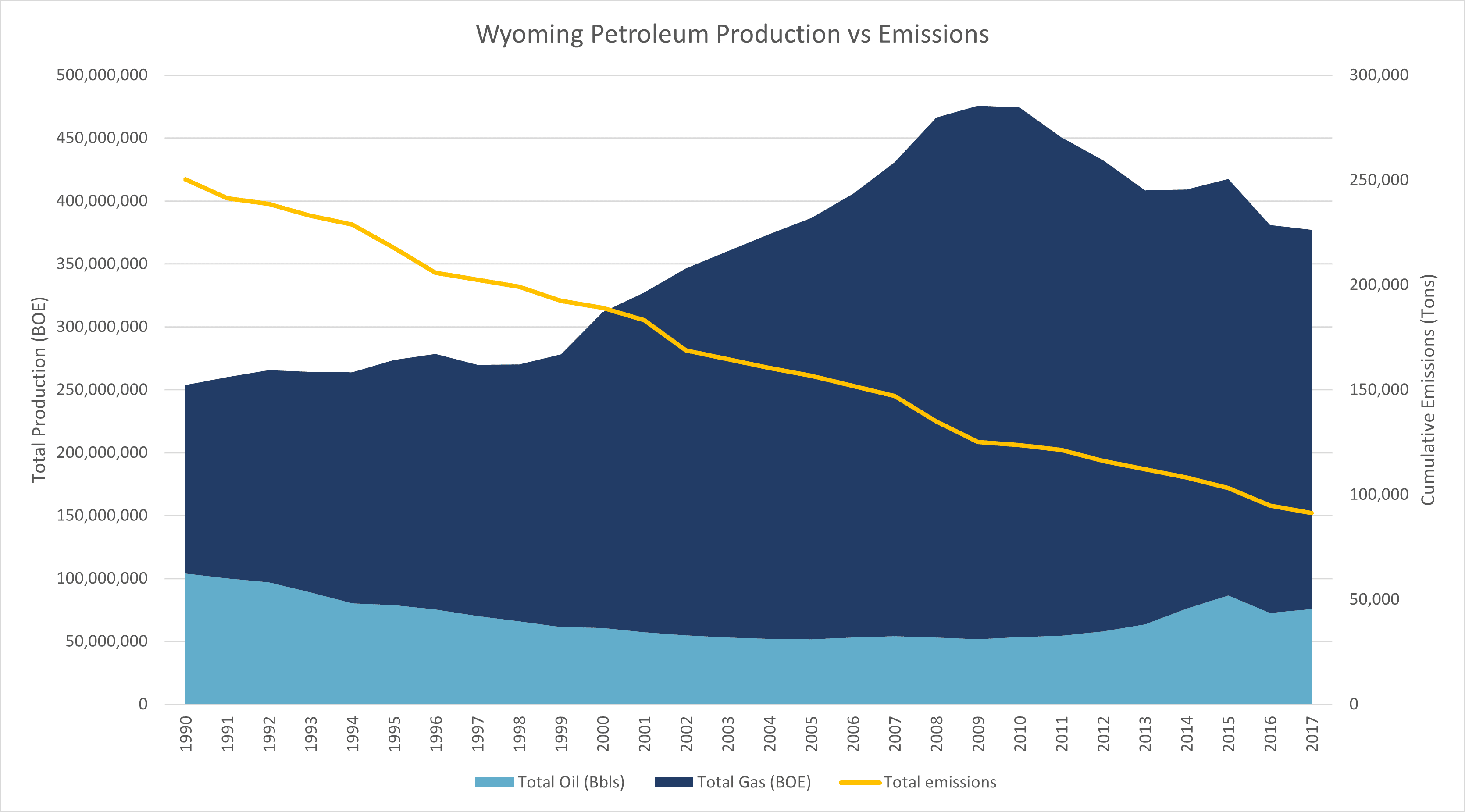Wyoming’s oil and natural gas industry is serious in its commitment to environmental responsibility.
The vast majority of the people working in our industry are true Wyomingites who love the state because of the unmatched natural resources – wildlife, open space, clean air and water – it has to offer. Ensuring these resources are able to be enjoyed by future generations is at the core of what we do.
We can produce the energy Americans and the world needs while continuing to leave Wyoming a better place. We are proud of our role in building a strong and vibrant Wyoming while also ensuring our wild and open spaces stay wild and open.

